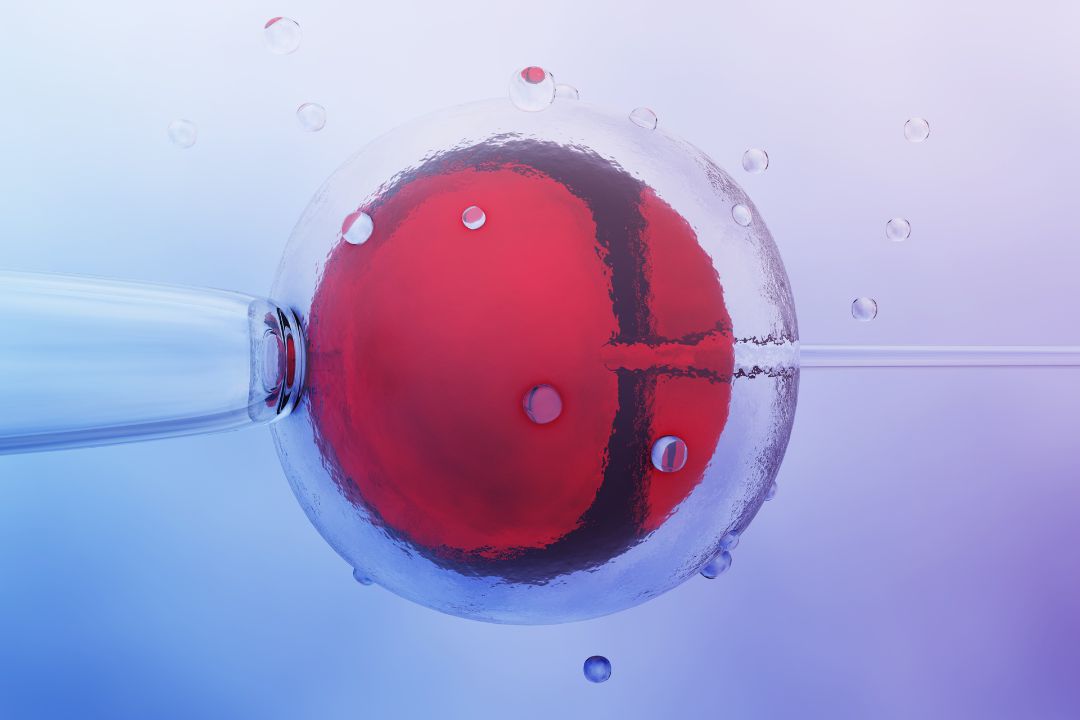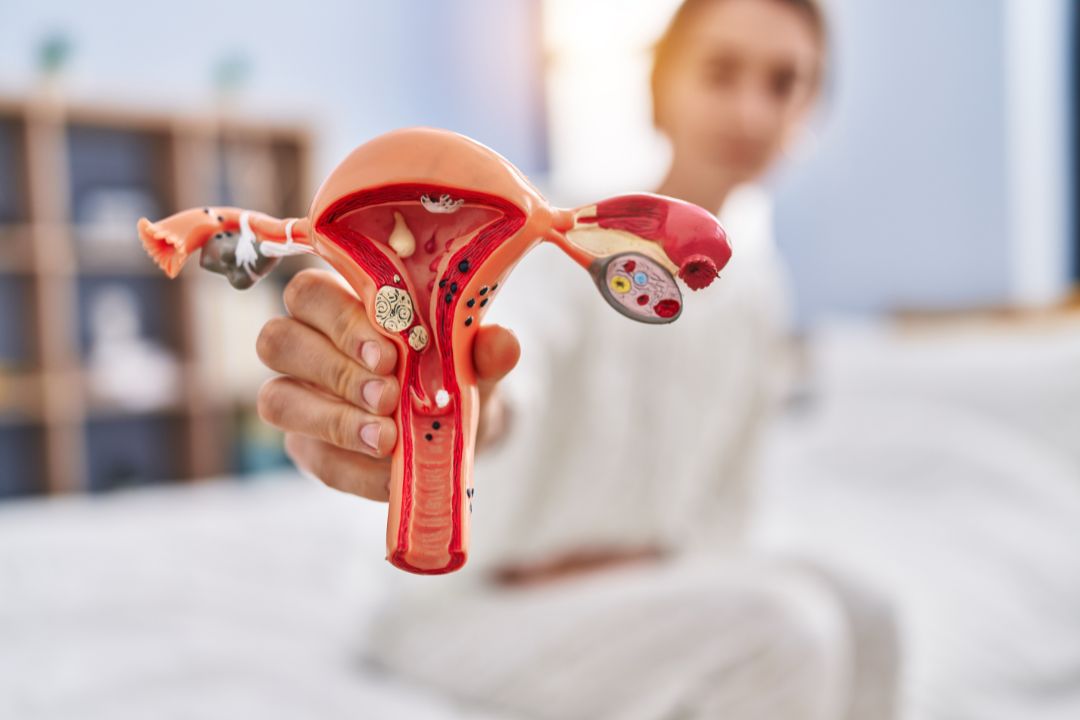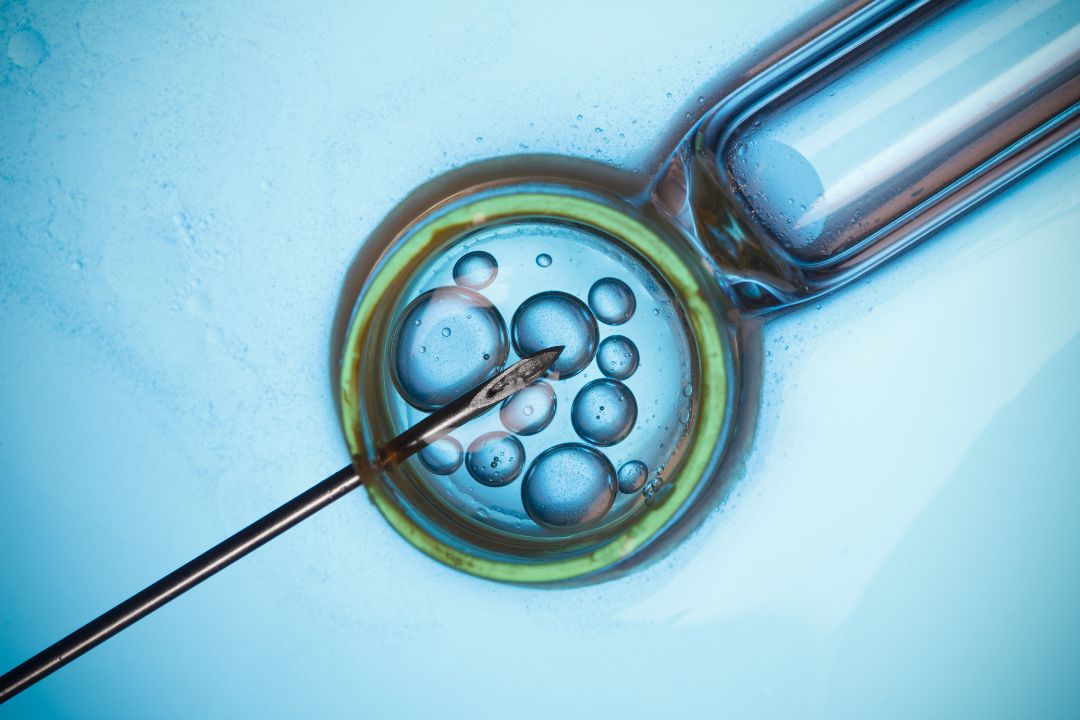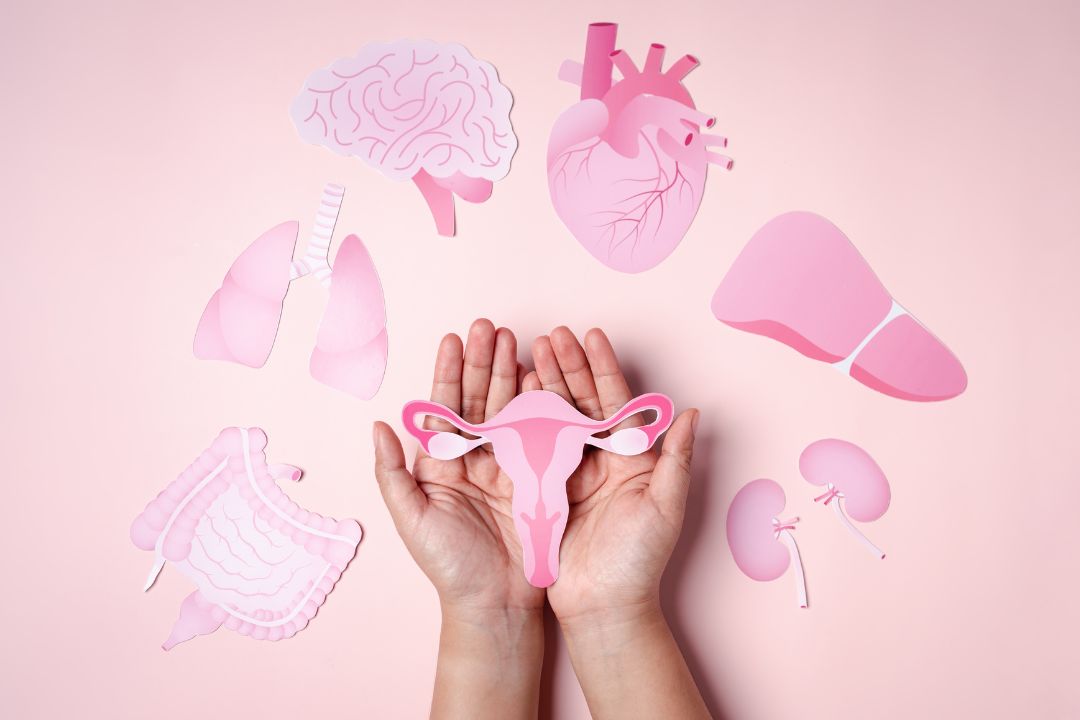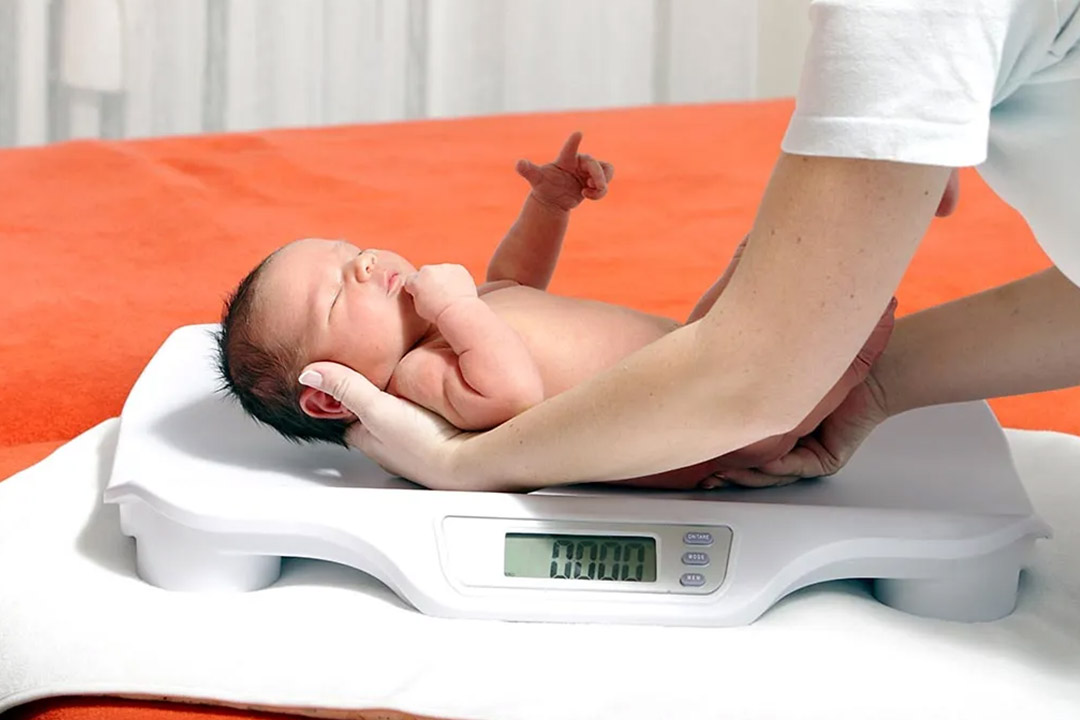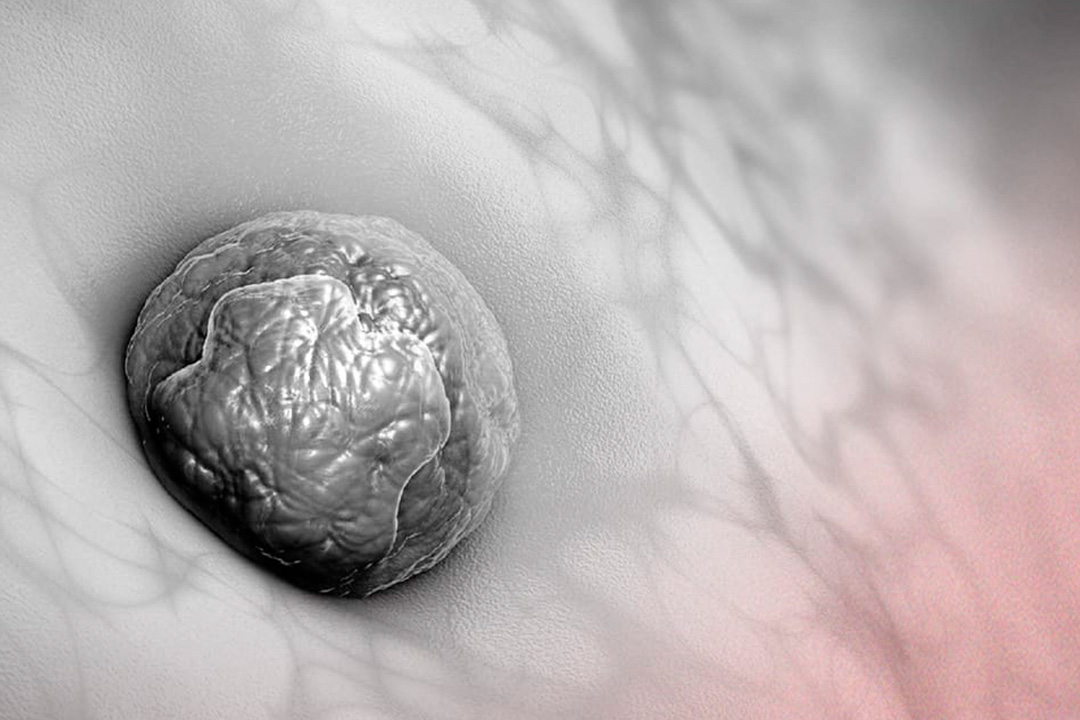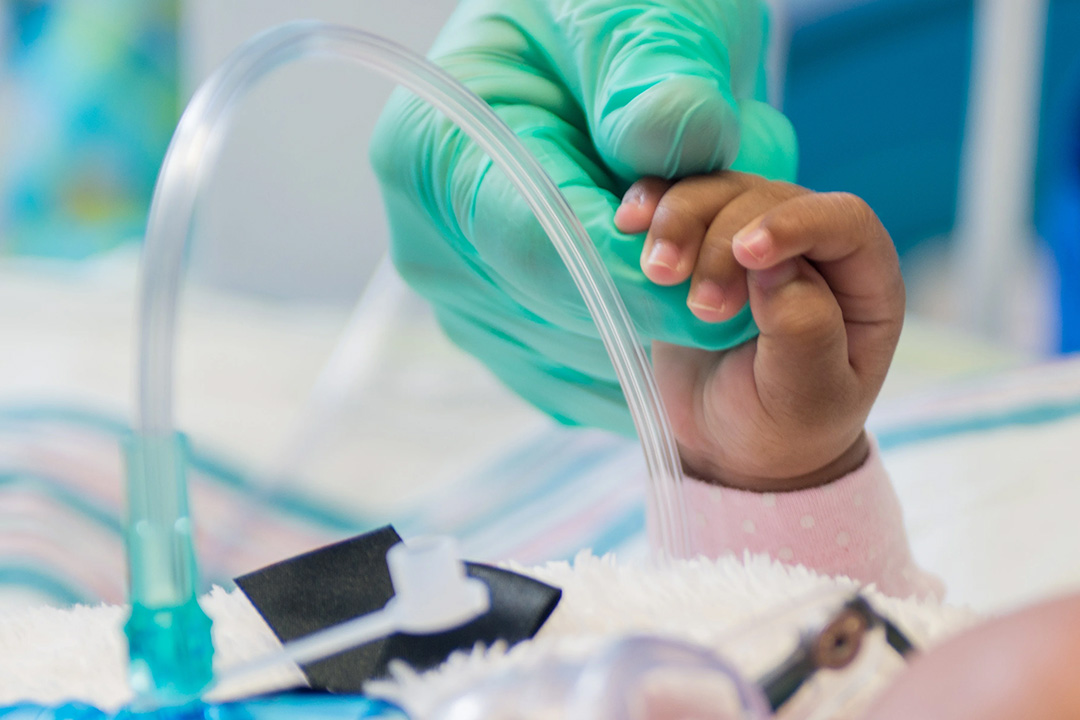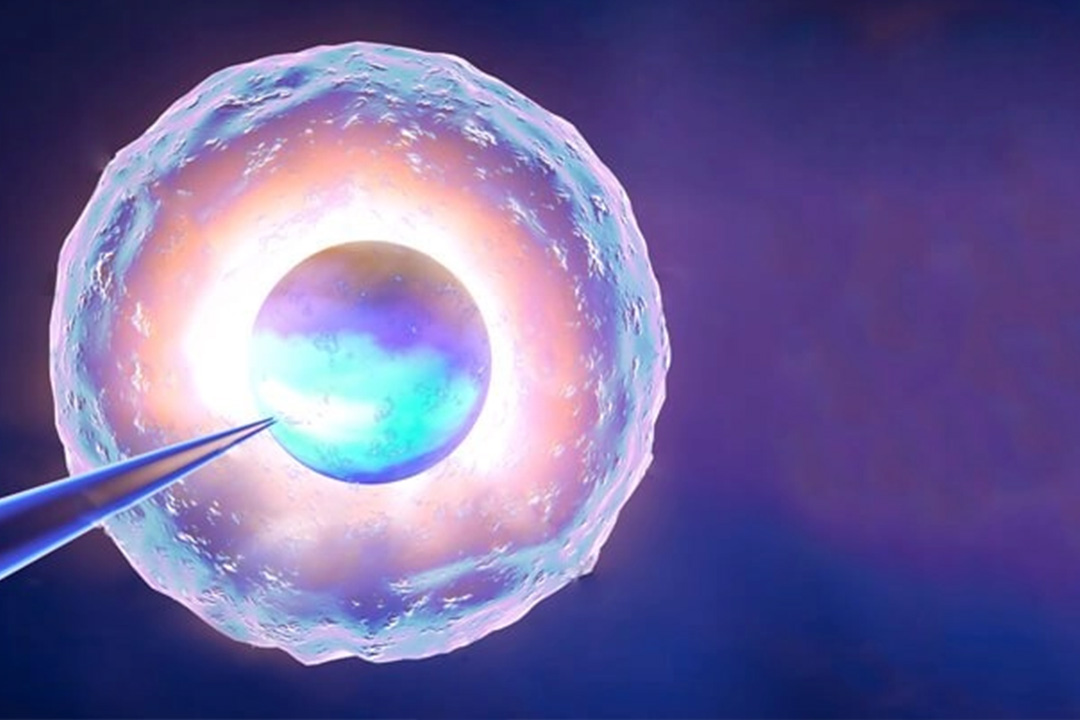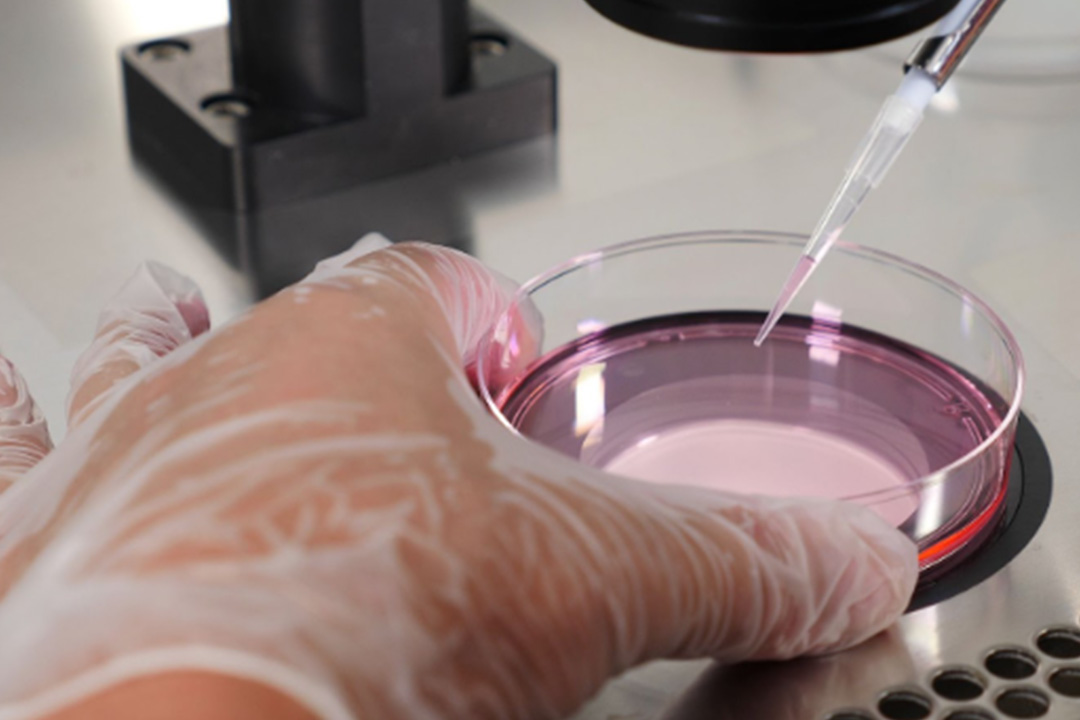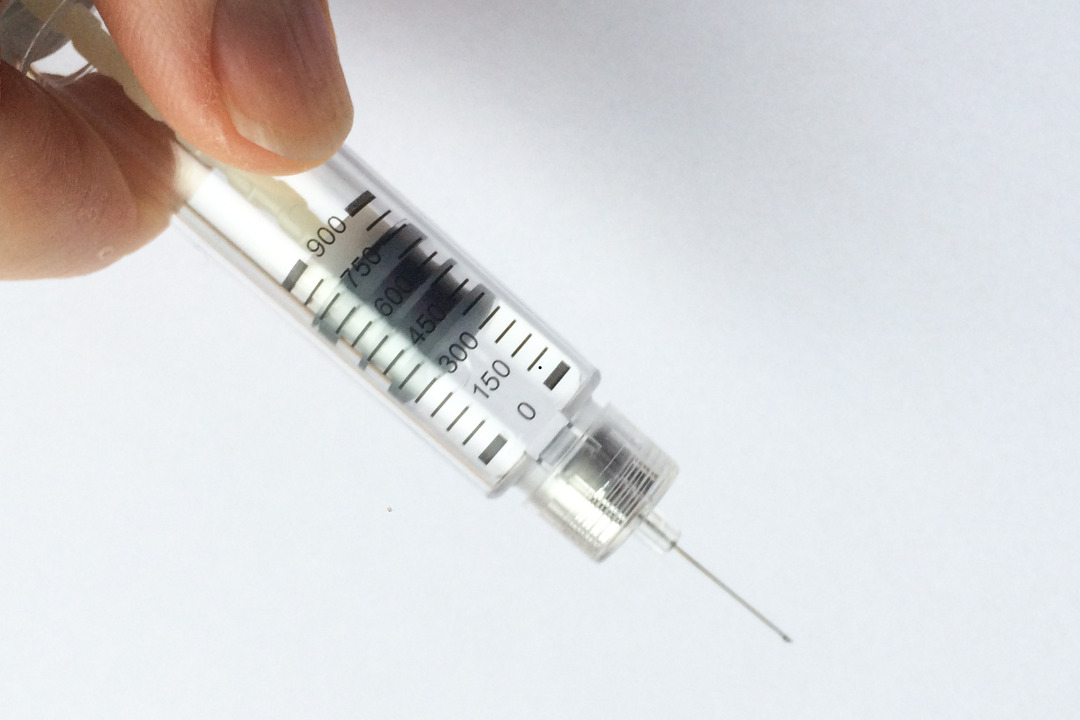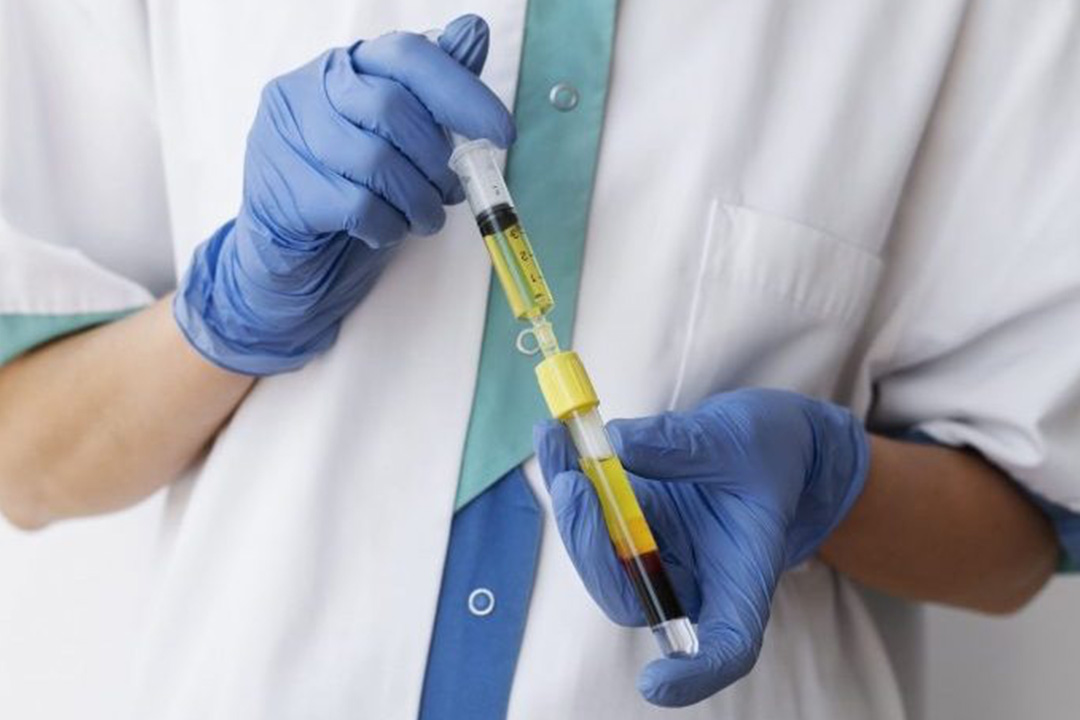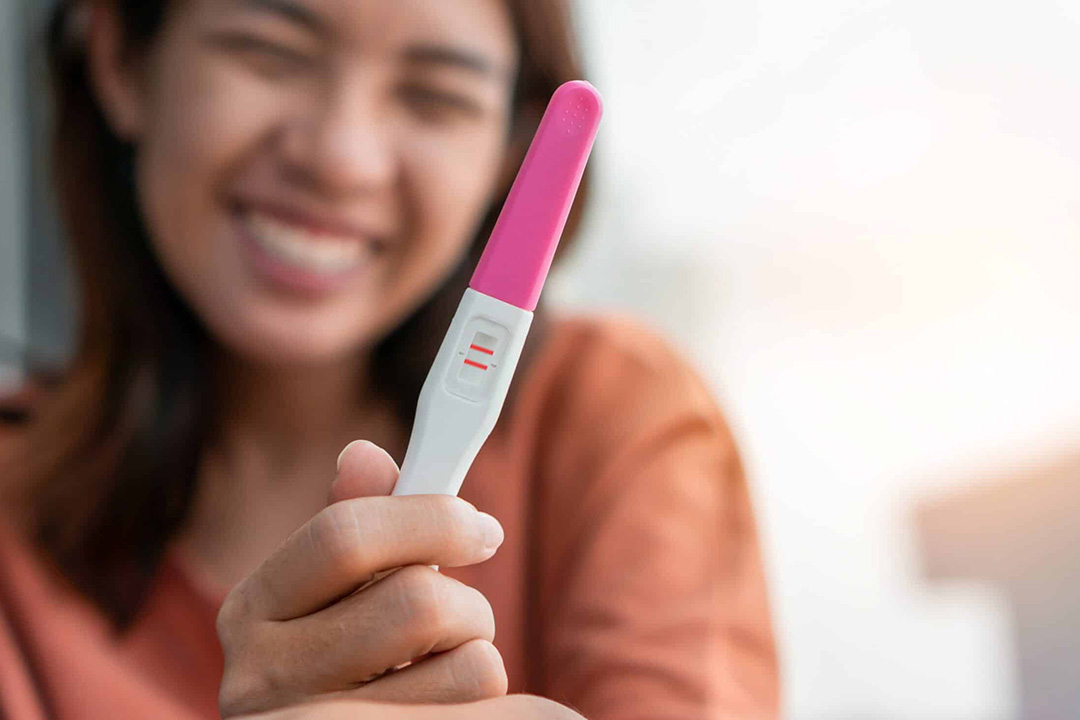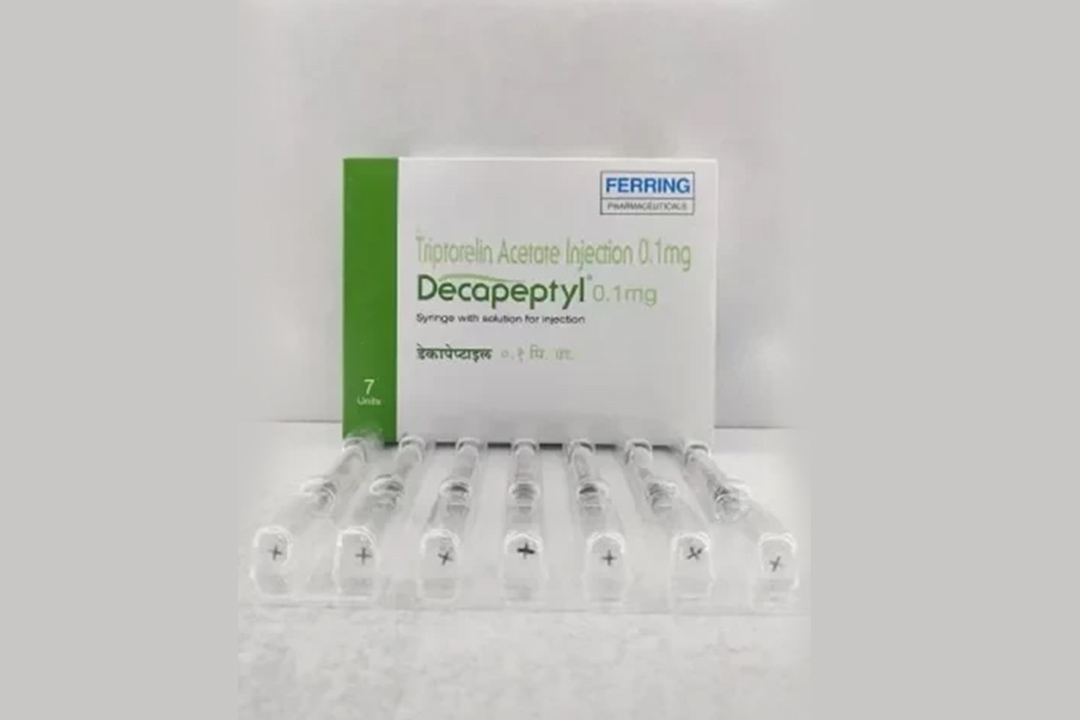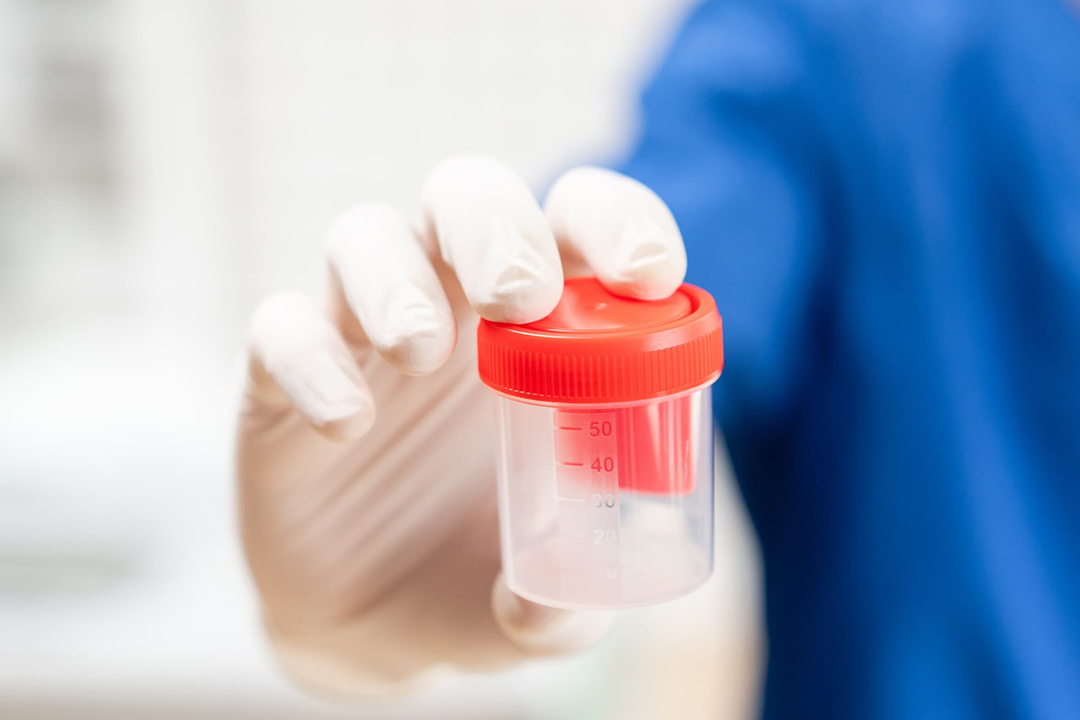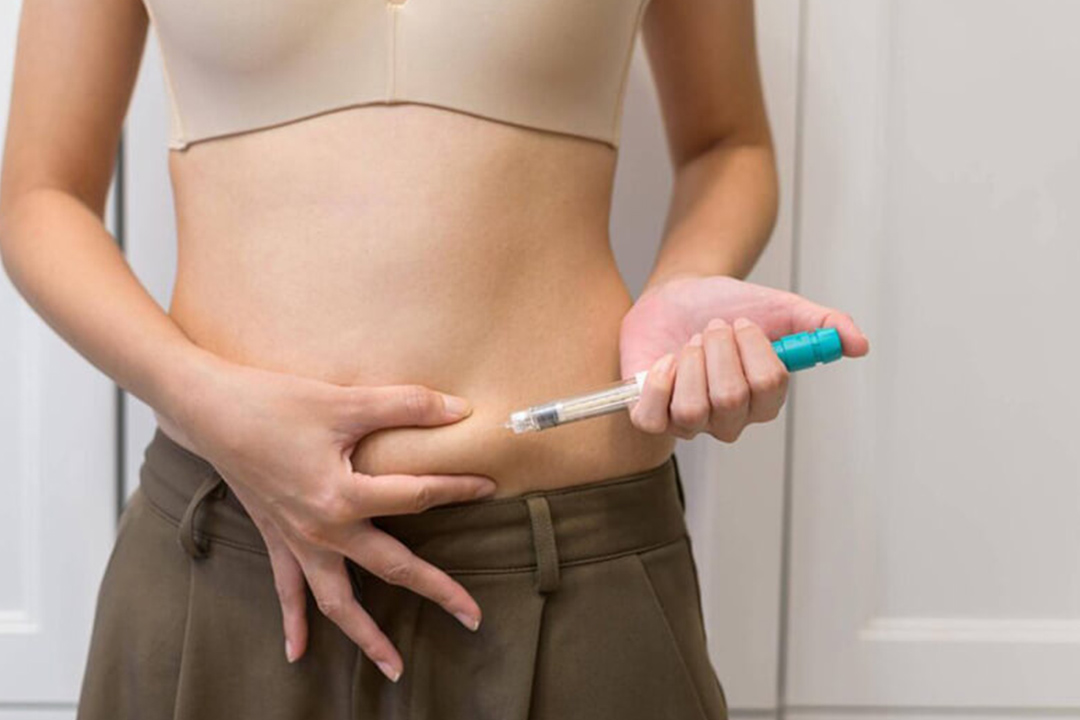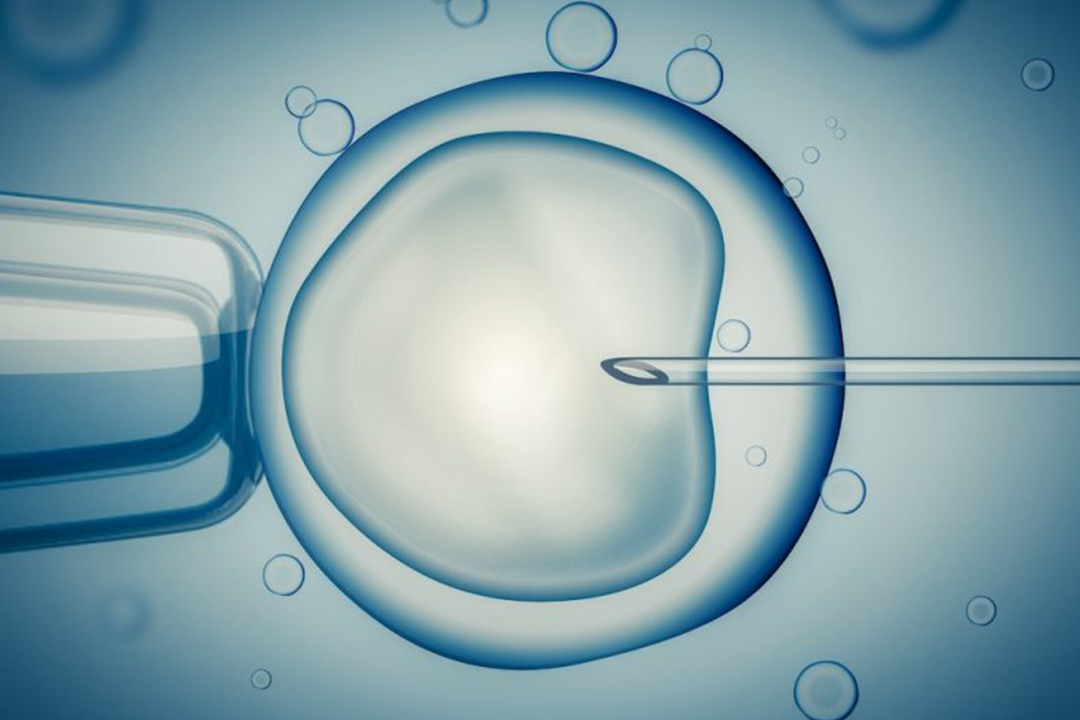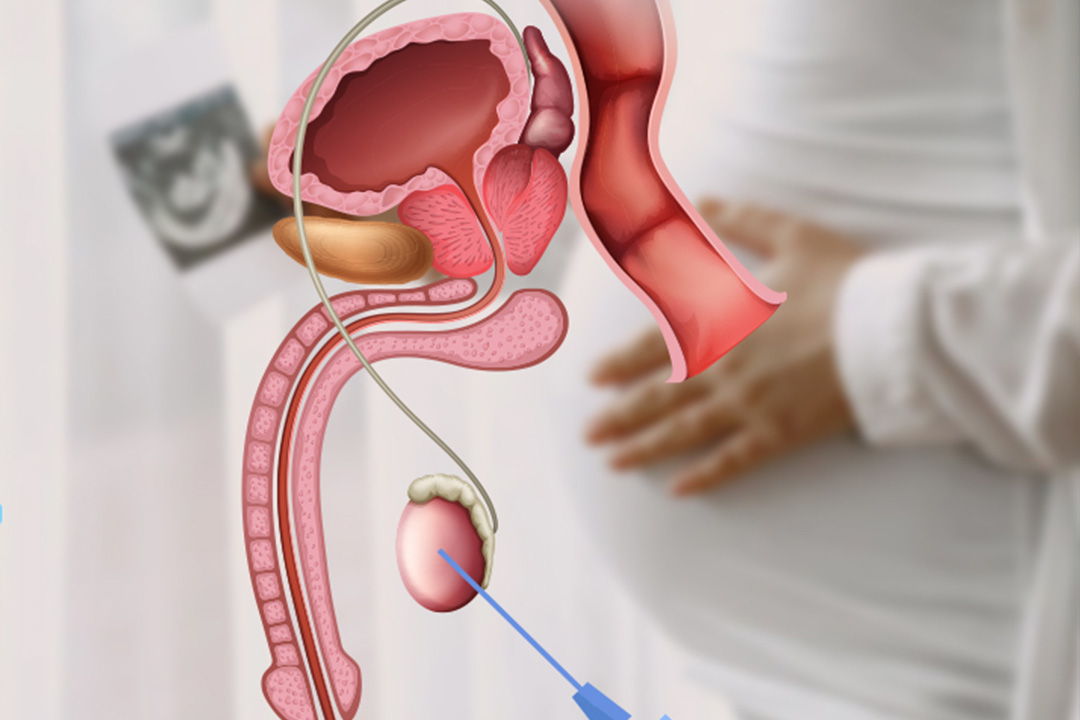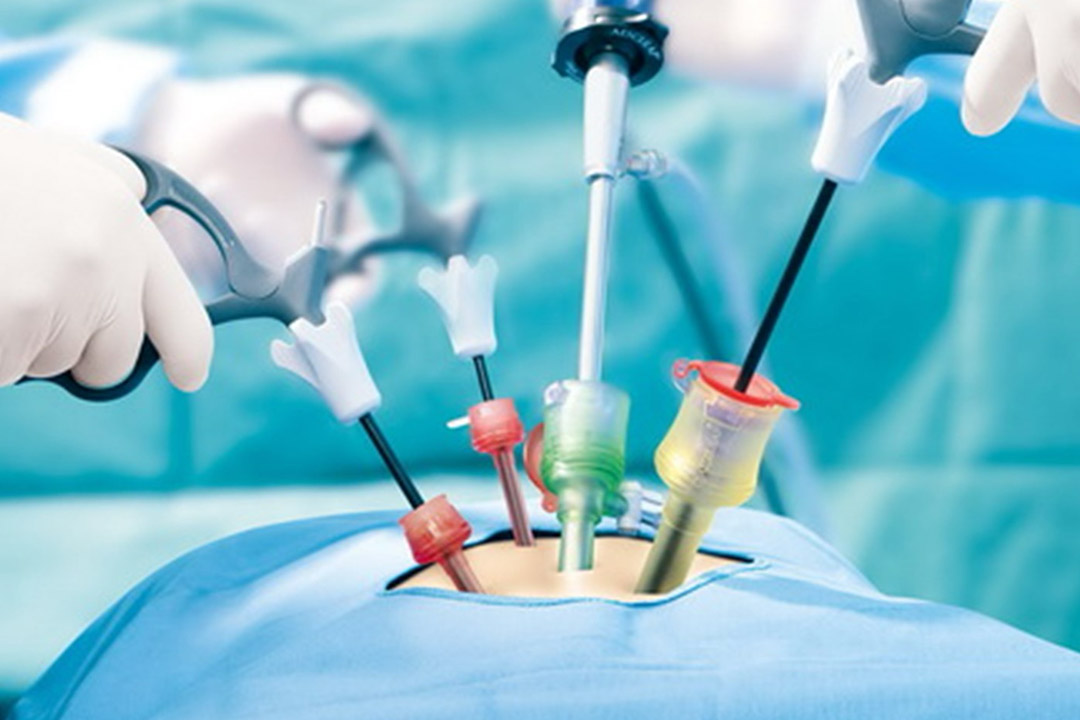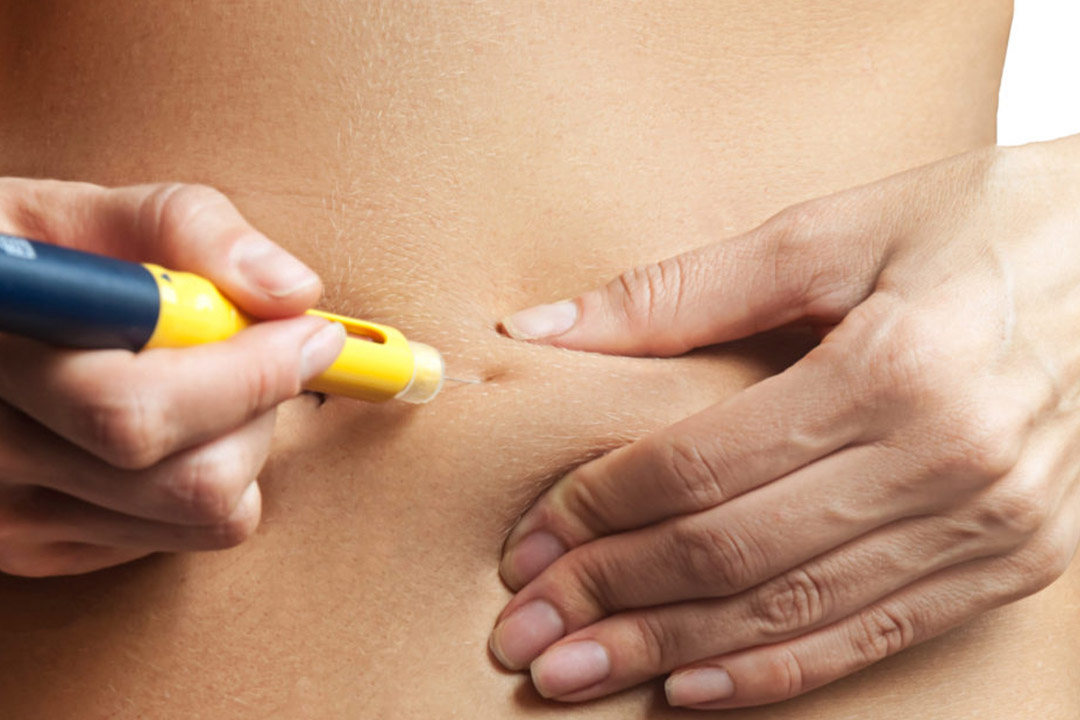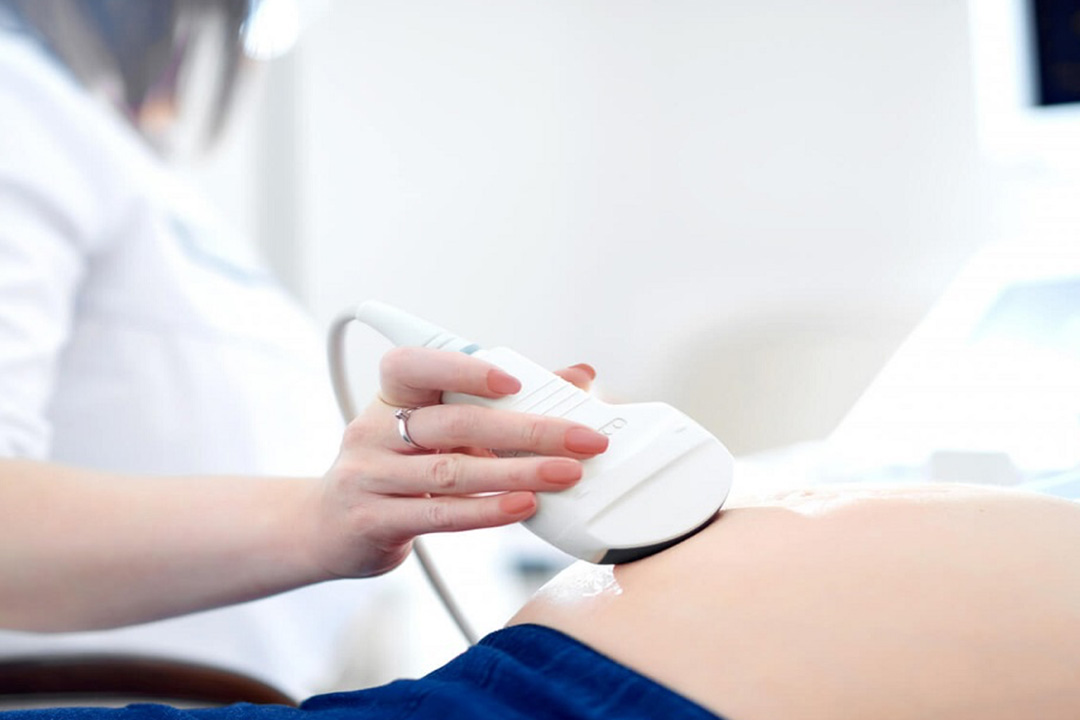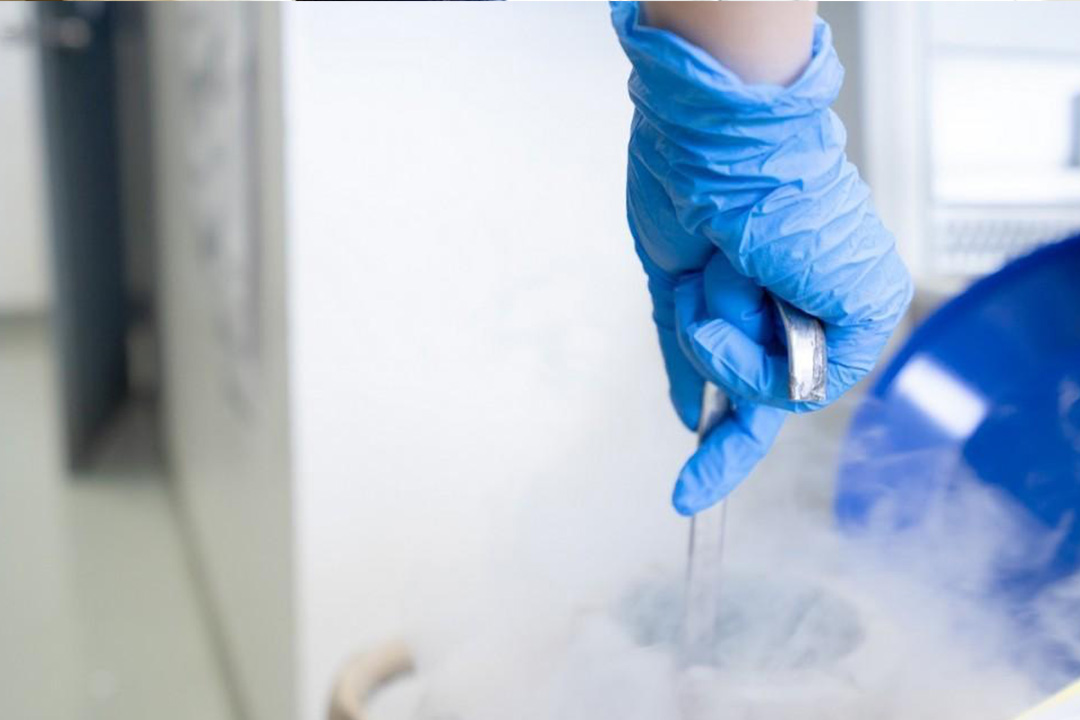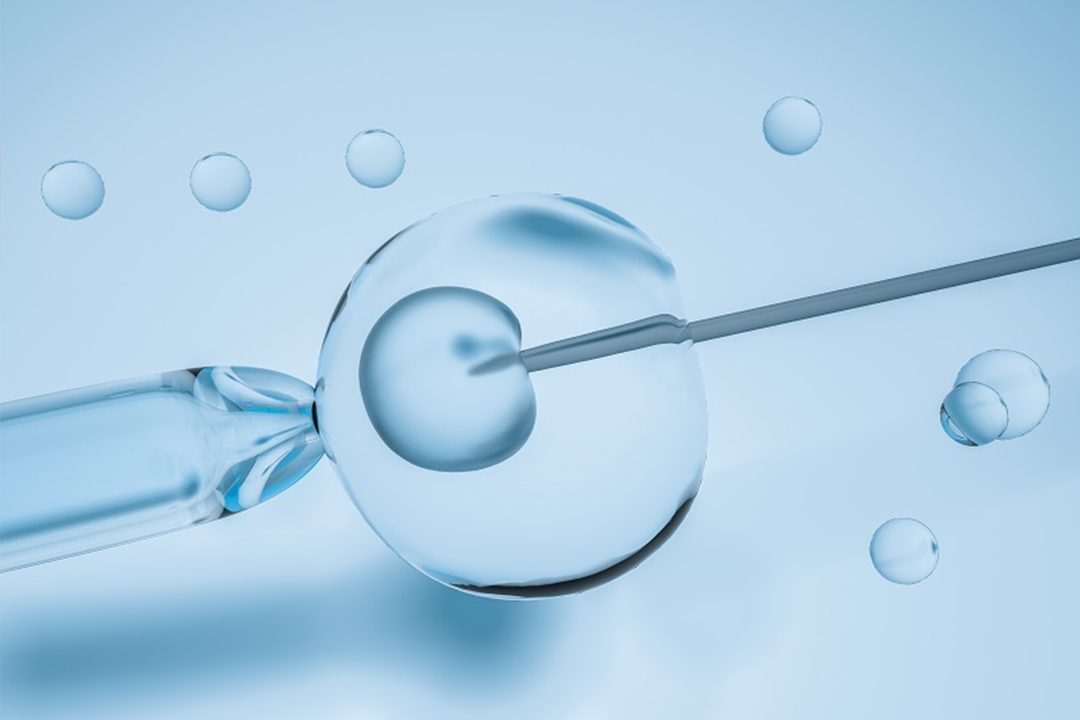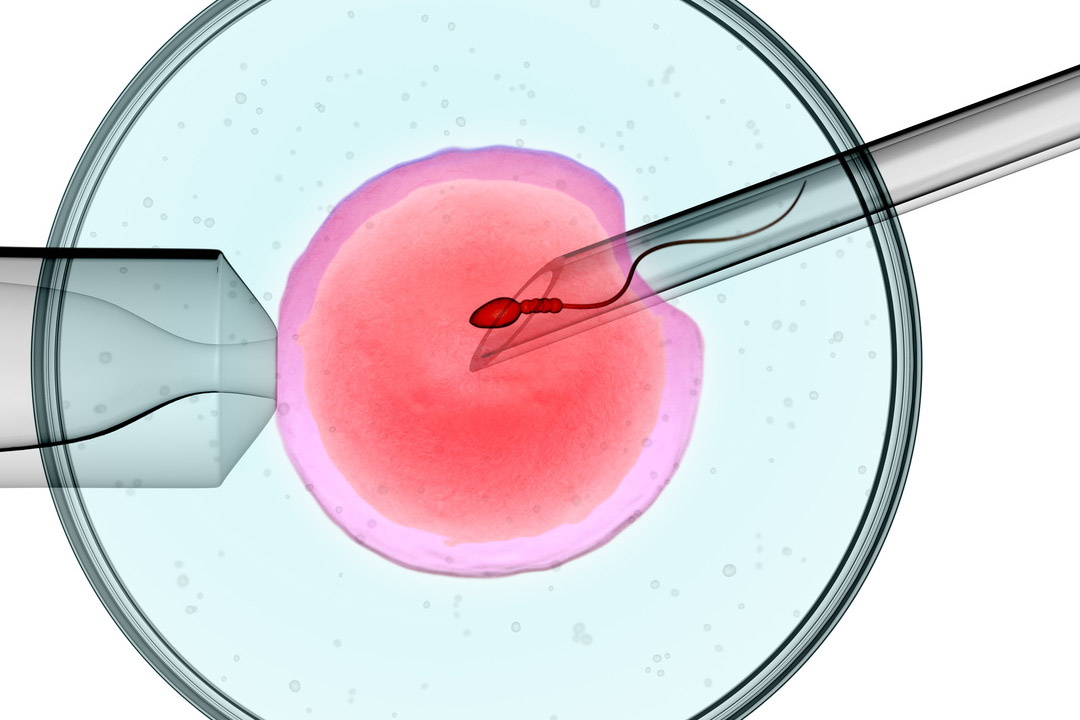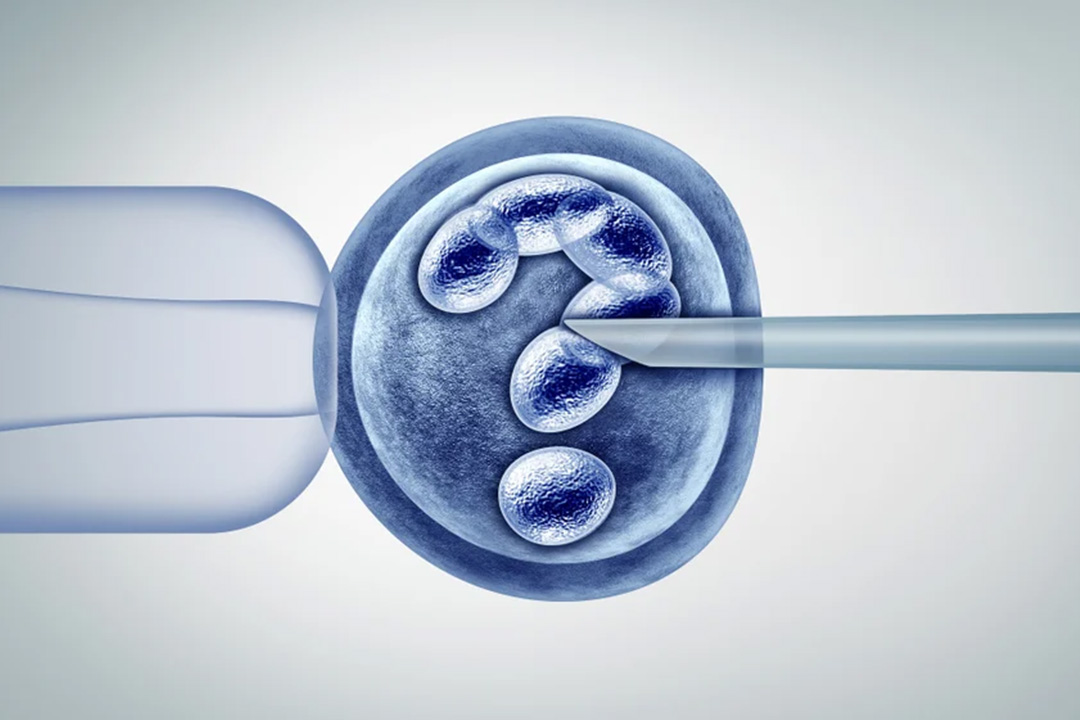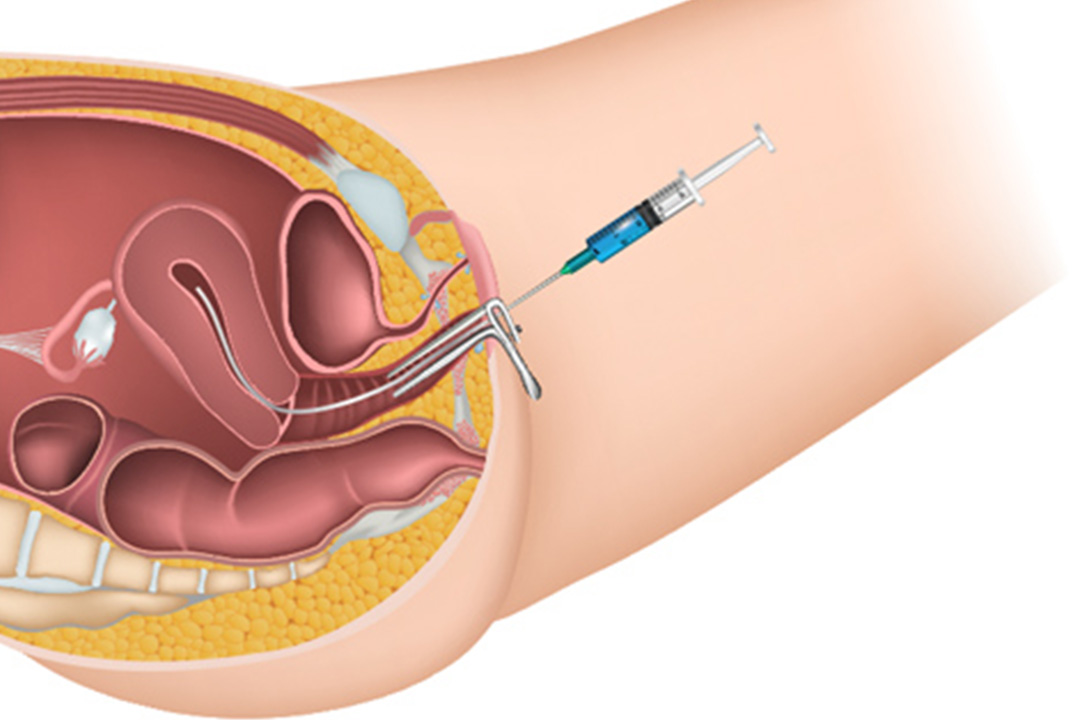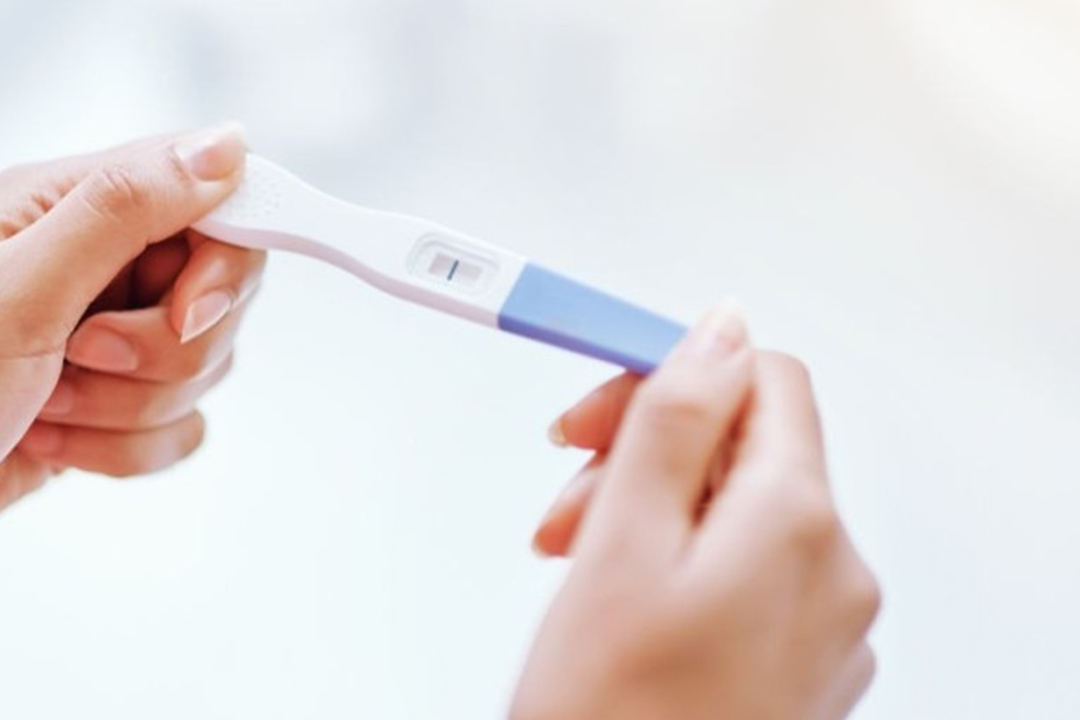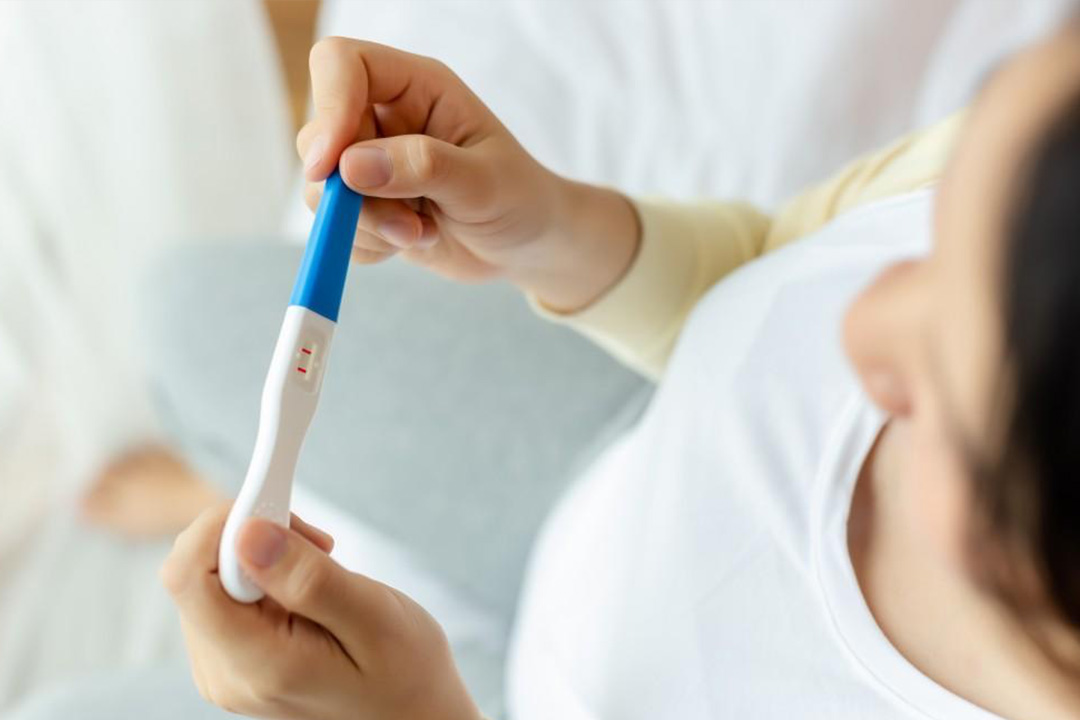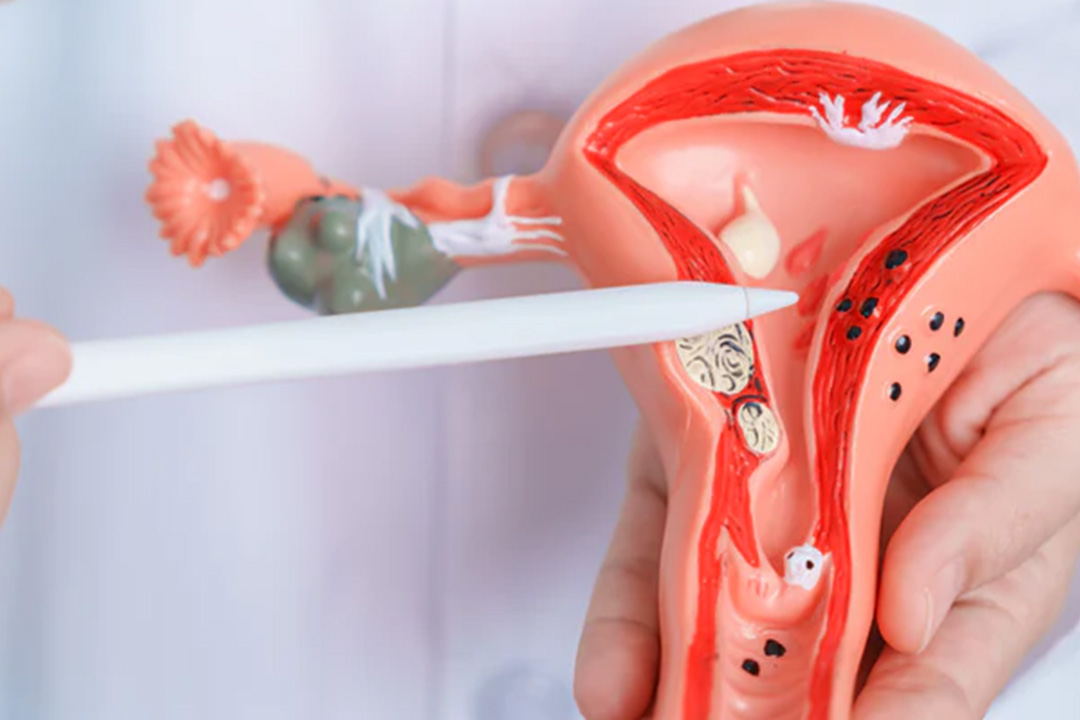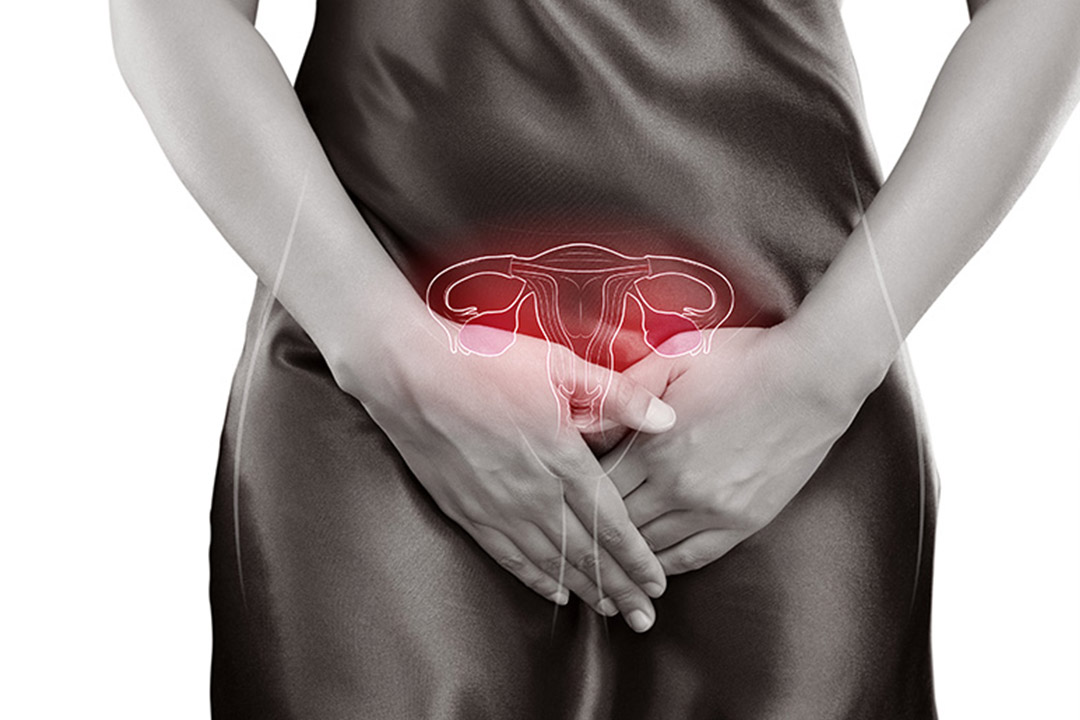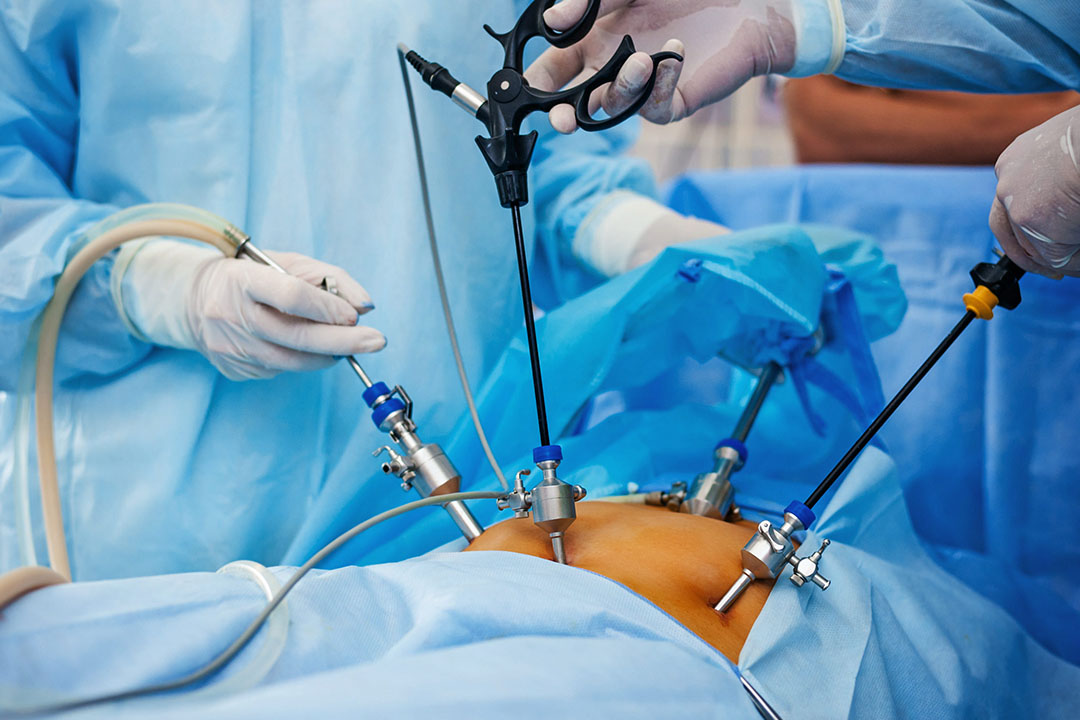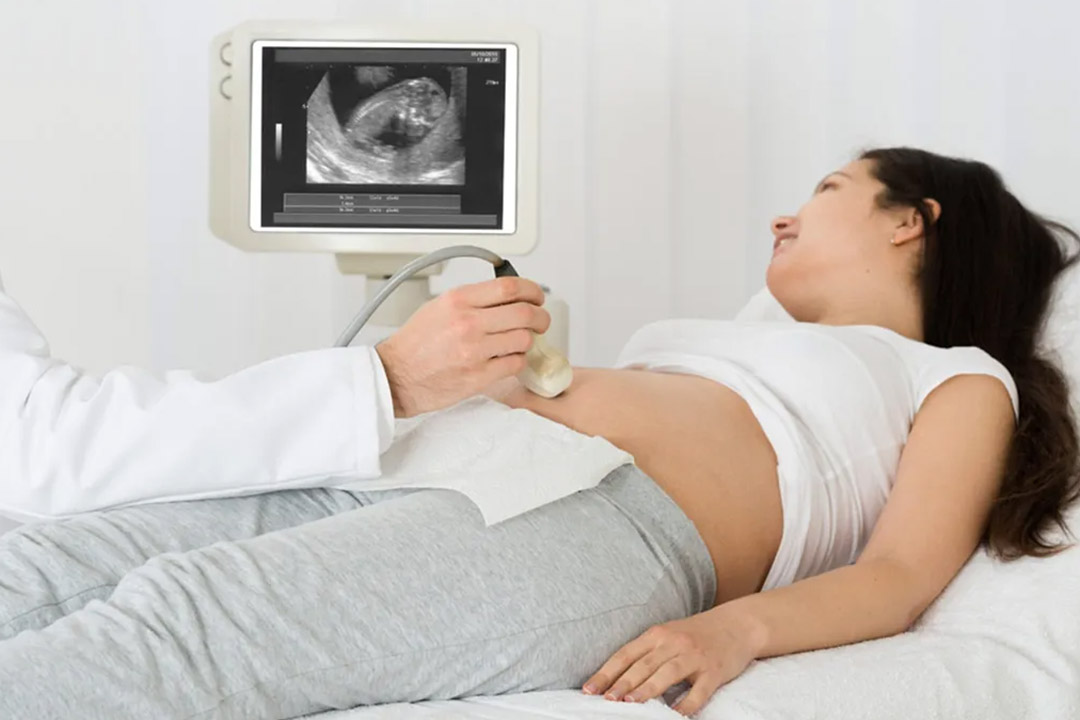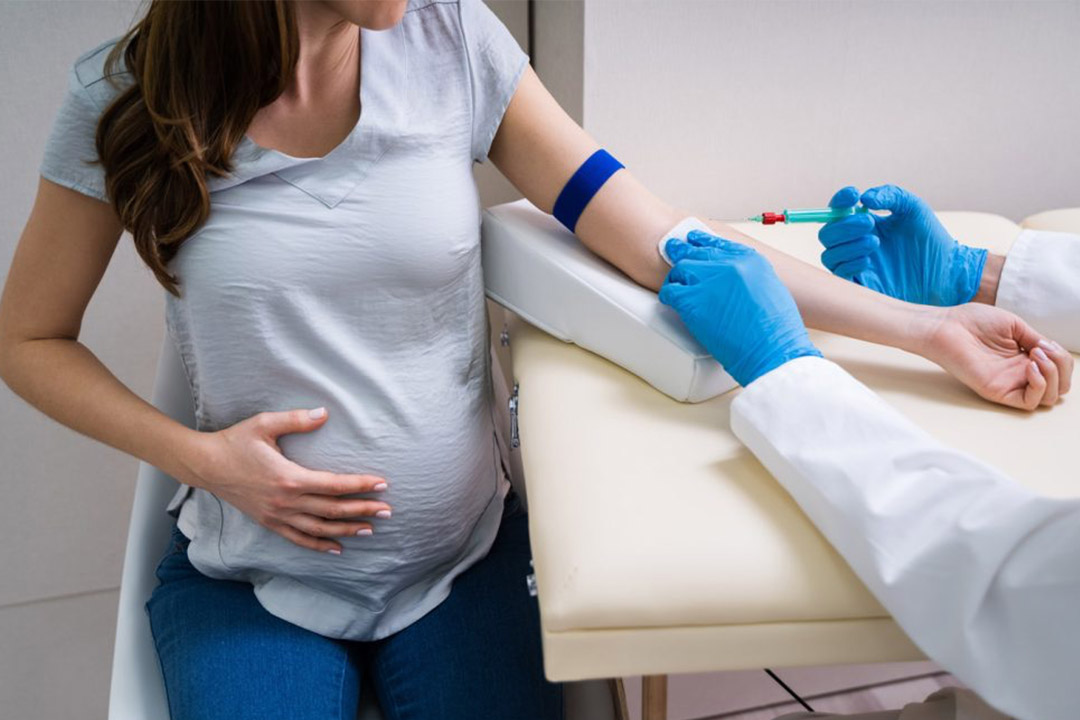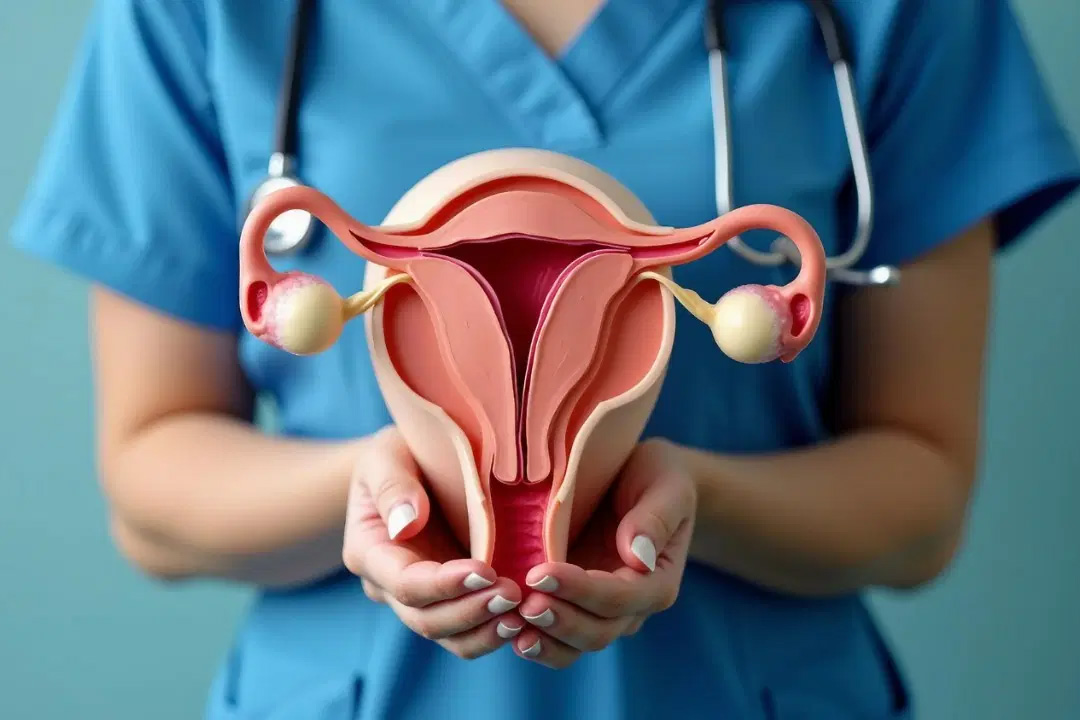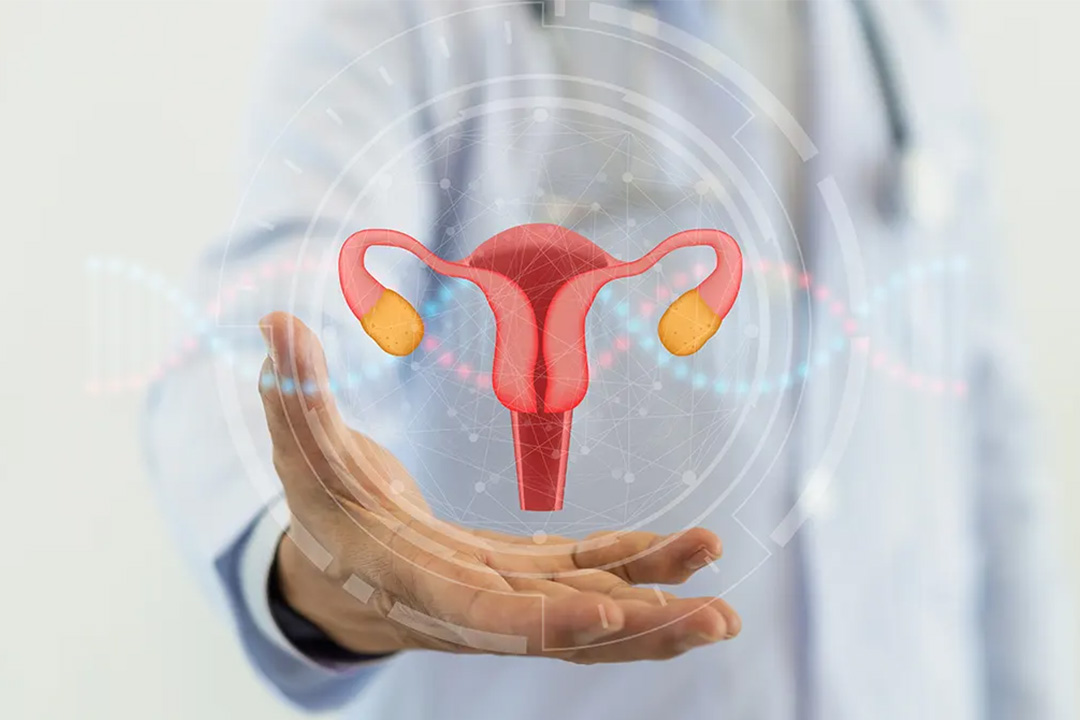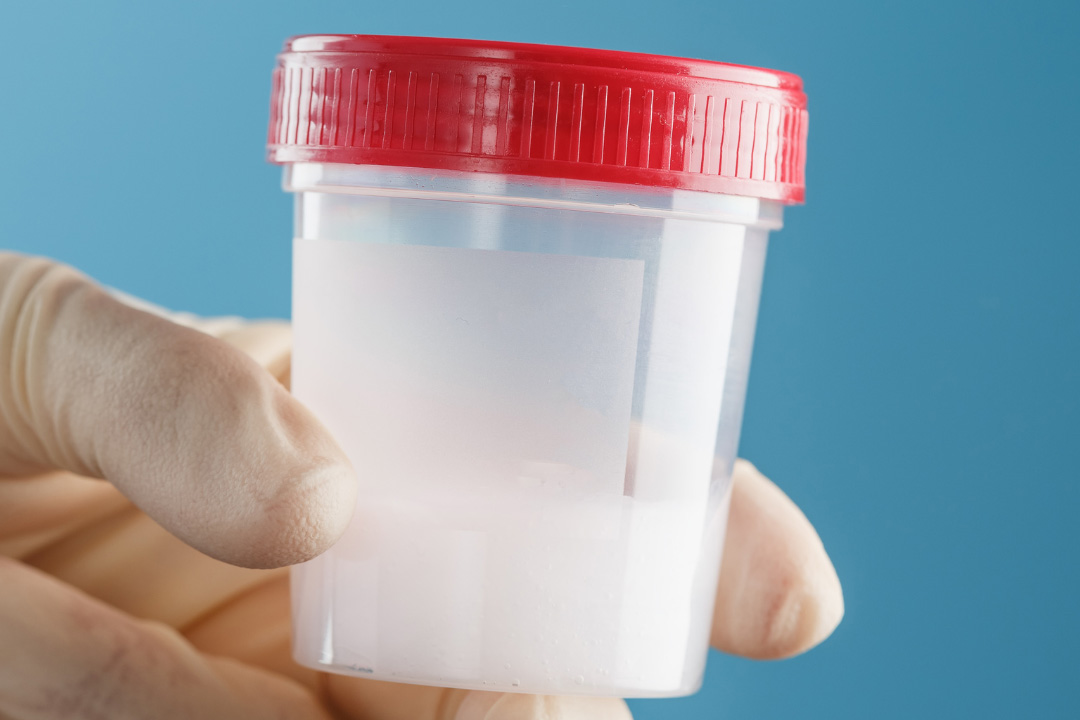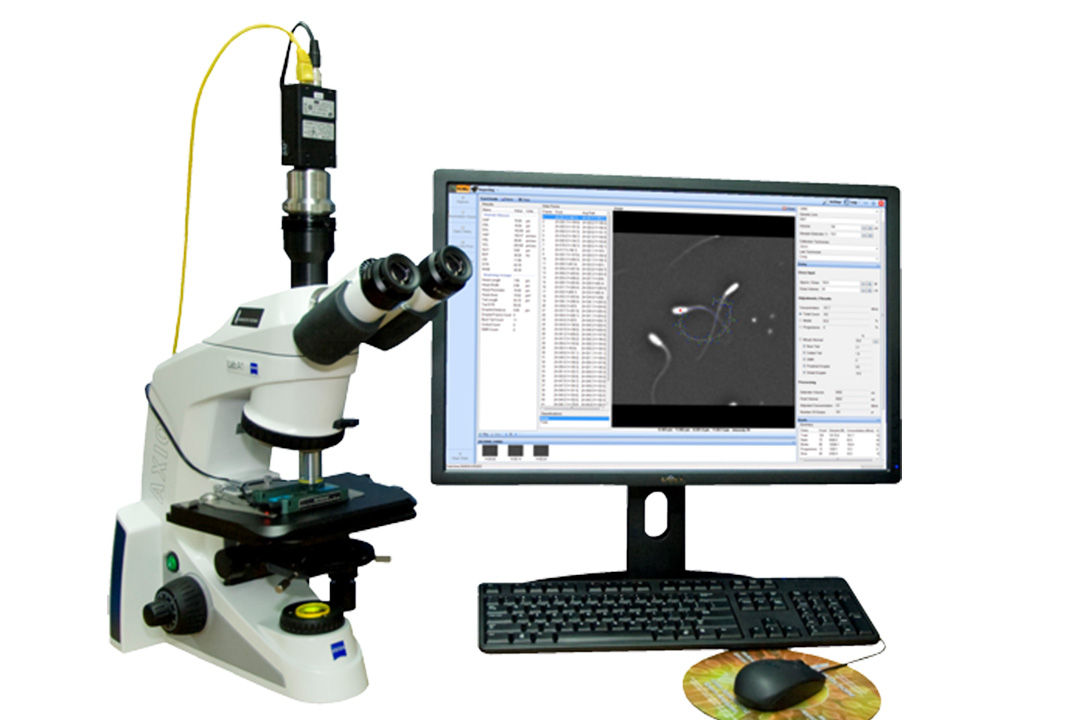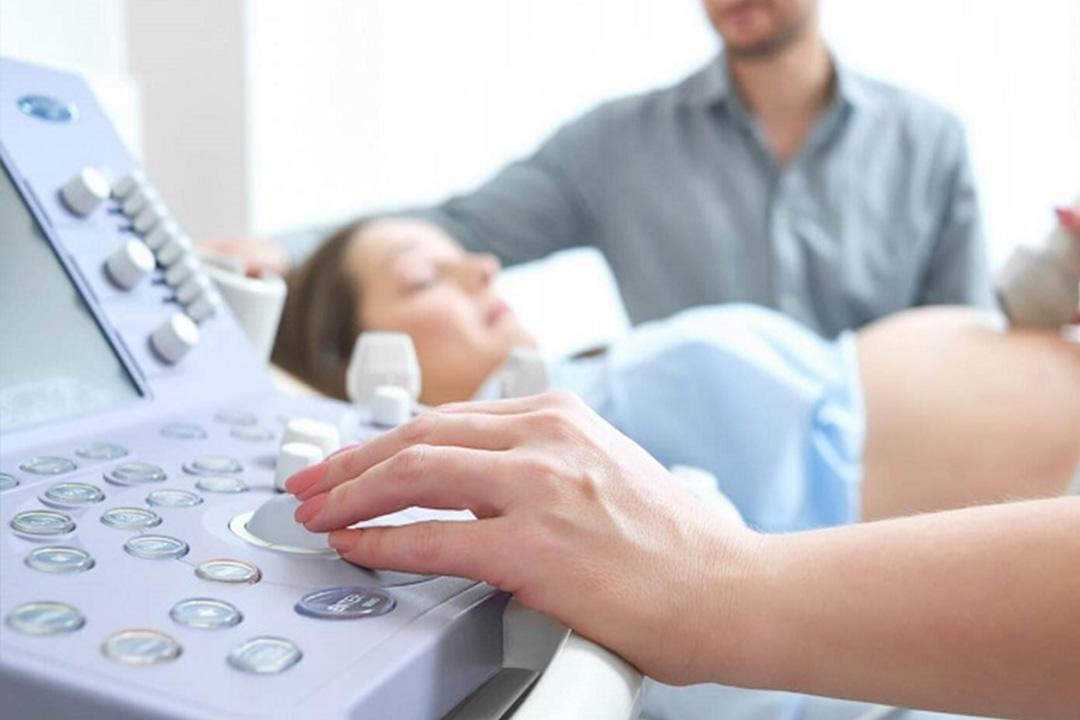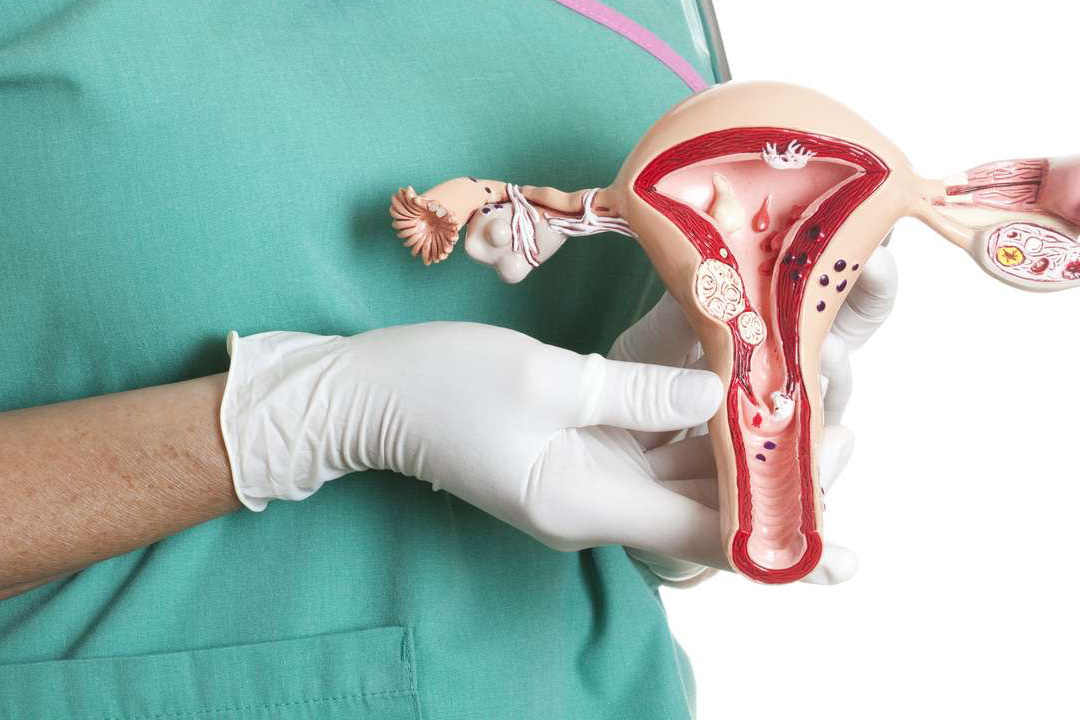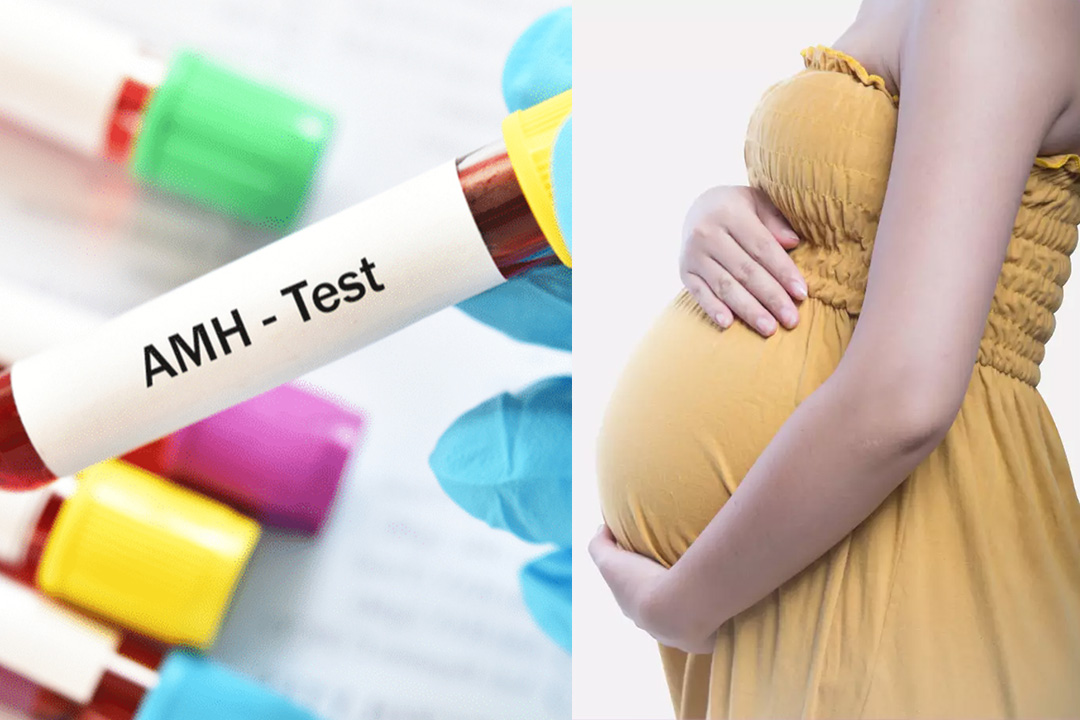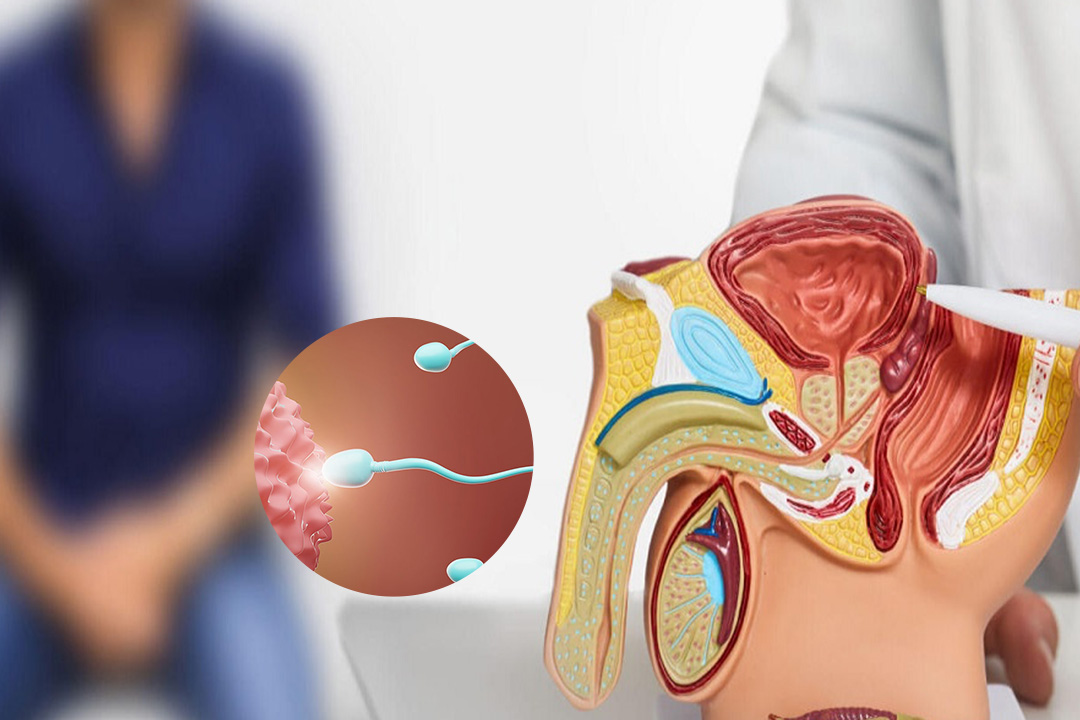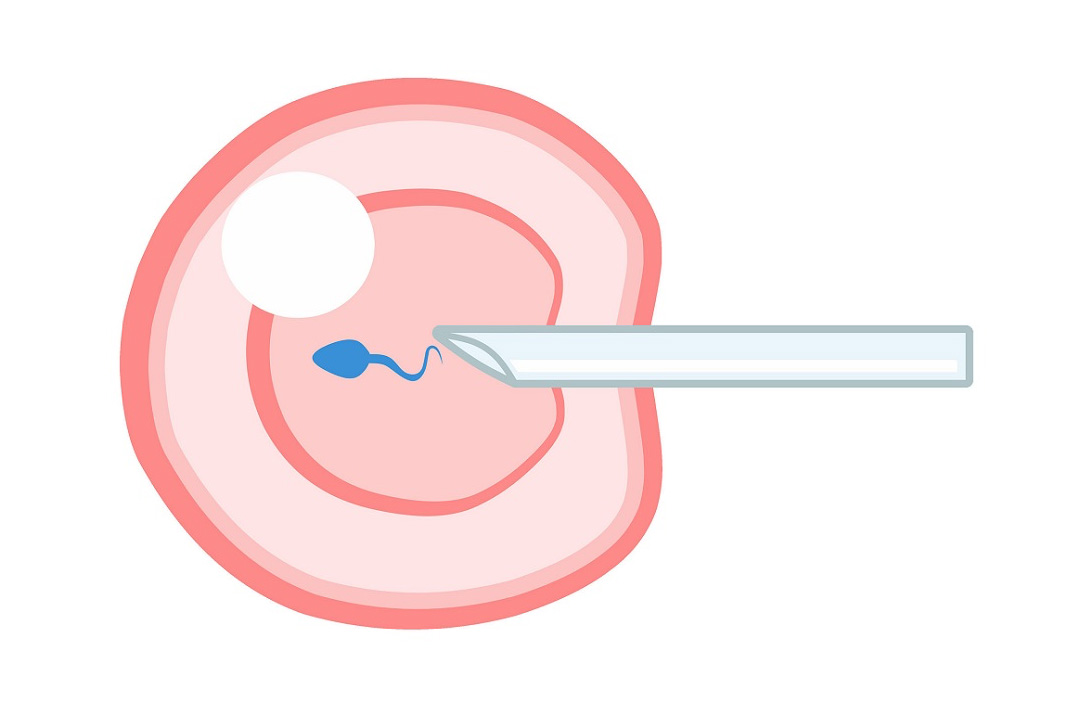In Vitro Fertilization (IVF): Step-by-Step Procedure
In vitro fertilization (IVF) is an empowering assisted reproductive technology (ART) that offers hope to couples and individuals facing infertility challenges. IVF involves fertilizing an egg with sperm outside the body and then transferring the resulting embryo into the uterus.
This guide will walk you through the IVF process step by step, helping you feel more informed and supported during your journey.
The entire IVF process usually takes about four to six weeks. During this time, patients receive hormone medications and attend several monitoring sessions. In this article, we’ll cover every phase from the initial preparations right through to pregnancy testing and explain what you can expect at each step.
Step 1: Pre-IVF Preparations
Before starting your IVF cycle, you’ll undergo a series of medical tests and consultations to create a treatment plan. Both partners are evaluated carefully to ensure that every detail is covered. Here’s what the preparation phase typically involves:
Medical Examination and Testing
Your doctor will review your medical history, conduct physical examinations, and order a range of tests. These tests might include a uterine exam, a semen analysis, blood work, and screenings for sexually transmitted infections (STIs). In addition, genetic carrier screening and an assessment of your ovarian reserve (the number of eggs you have available) are key steps in this stage.
Consultation and Planning
You’ll have an in-depth consultation with your fertility specialist, where you can ask questions and express any concerns you might have. This meeting is your chance to understand the IVF process, explore your treatment options, and set realistic expectations.
Lifestyle Recommendations
Your doctor may also offer advice on lifestyle changes that could improve your overall health and boost your chances of success. Recommendations might include adopting a balanced diet, incorporating regular exercise, and finding effective ways to manage stress.
When implantation fails, the embryo doesn’t settle into the uterine lining, and the hoped-for pregnancy cannot take hold. Understanding why this happens is key to finding ways to improve the success rates of fertility treatments.
Step 2: Ovarian Stimulation
In a natural menstrual cycle, typically only one egg matures and is released. But for IVF, the goal is to produce multiple mature eggs to increase the chances of fertilization. To achieve this, you’ll take injectable hormone medications that stimulate your ovaries to develop several eggs at once.
Hormone Injections
For about eight to 14 days, you will receive hormone injections, such as follicle stimulating hormone (FSH). These injections help your ovaries produce several follicles, with each follicle holding the potential for one egg.
Monitoring Your Response
Throughout this phase, your doctor will keep a close eye on how your ovaries are responding. Regular ultrasound scans are used to measure the size and number of developing follicles, and frequent blood tests help check your hormone levels. In many cases, these appointments are scheduled every couple of days to ensure the treatment is on track.
Adjusting Medications
Depending on how your body responds, your doctor might adjust the dosage of your medications. The aim is to get enough mature eggs while keeping any side effects to a minimum.
Step 3: The Trigger Shot
When your follicles have reached the ideal size, your doctor will administer what is known as the trigger shot. This injection contains a hormone, usually human chorionic gonadotropin (hCG) that signals your eggs to complete their final maturation process.
Timing
The trigger shot is typically given about 36 hours before the egg retrieval procedure. This precise timing allows your eggs to fully mature, which is critical for successful collection.
Patient Instructions
It’s essential to follow your doctor’s instructions carefully regarding the timing and administration of the trigger shot. Doing so helps maximize the number of mature eggs retrieved during the upcoming procedure.
Step 4: Egg Retrieval
Egg retrieval, also called follicular aspiration, is a minor surgical procedure performed under sedation. This step is where your matured eggs are gently collected from the ovaries.
Procedure Setup
On the day of egg retrieval, you’ll be brought into a procedure room where you’ll receive a mild sedative or anesthesia to help you relax and minimize discomfort. An ultrasound probe is inserted through the vagina to guide the doctor during the procedure.
Using a Thin Needle
A thin needle attached to a suction device is used to access each follicle in your ovaries. The needle carefully removes the fluid along with the eggs from each follicle. This entire process usually takes about 20 to 30 minutes.
Collection of Eggs
Once collected, the eggs are immediately placed in a special culture medium and sent to the laboratory for further processing. Egg retrieval is scheduled 36 hours after the trigger shot to ensure the eggs are at their best.
Step 5: Sperm Collection and Preparation
On the same day as egg retrieval, a sperm sample is collected from the male partner or from a sperm donor. The sample is then processed in the laboratory to select the healthiest, most active sperm for fertilization.
Sperm Washing
In the lab, the sperm sample undergoes a washing process to remove any impurities. This step is essential for isolating the highest-quality sperm cells, which will later be used to fertilize the eggs.
Timing
It’s important that the sperm is freshly prepared on the day of egg retrieval to ensure that it remains viable for the fertilization process.
Step 6: Fertilization
Fertilization is the moment when an egg and a sperm combine to form an embryo. There are two main methods used during IVF to achieve fertilization:
Conventional Fertilization
In conventional IVF, the prepared sperm and the retrieved eggs are placed together in a culture dish. Over time, the sperm naturally penetrates the egg, leading to fertilization. This method is usually used when the sperm quality is normal.
Intracytoplasmic Sperm Injection (ICSI)
If there are concerns about the sperm count or quality, a technique called ICSI may be used. With ICSI, a single sperm is carefully injected directly into a mature egg using a fine needle. This targeted approach can increase the chances of fertilization when sperm issues are present.
Step 7: Embryo Culture and Development
Once fertilization occurs, the newly formed embryos are kept in the laboratory to grow and develop over several days. This period is crucial for selecting the best embryos for transfer.
Embryo Monitoring
Over the next five to six days, skilled embryologists closely monitor the developing embryos under the microscope. They evaluate each embryo based on factors such as the rate of cell division and overall quality.
Blastocyst Stage
By days five or six, the healthiest embryos typically reach the blastocyst stage. Embryos at this stage have a higher chance of successfully implanting in the uterus and developing into a pregnancy.
Freezing Excess Embryos
If more high-quality embryos are produced than are needed for one cycle, the extras may be cryopreserved (frozen) for future use. Freezing embryos allows you to potentially use them in later cycles without undergoing the entire process again.
Step 8: Embryo Transfer
Embryo transfer is a straightforward procedure in which one or more embryos are placed into your uterus with the hope that they will implant and grow into a pregnancy.
Preparation for Transfer
Before the transfer, your uterus is typically prepared with hormone medications such as estrogen and progesterone. These hormones help thicken the uterine lining, making it more receptive to the embryo.
The Transfer Process
During the embryo transfer, you’ll lie on an exam table while a speculum is gently inserted into your vagina. A thin catheter, connected to a syringe holding the embryo(s), is then carefully threaded through your cervix into the uterus. The embryo(s) are released into your uterine cavity in a very gentle manner.
No Anesthesia Needed
Embryo transfer is usually a painless, quick procedure that doesn’t require anesthesia. Most patients compare it to a routine gynecological exam, and the entire process often takes less than 10 minutes.
Step 9: Post-Transfer and Pregnancy Test
After your embryo transfer, you’ll continue taking hormone medications to support the uterine lining and boost the chances of implantation. Your doctor will give you specific post-transfer instructions to follow closely.
Waiting Period
You’ll typically wait about nine to 14 days after the transfer before taking a blood test to check for pregnancy. This test measures the level of human chorionic gonadotropin (hCG), a hormone produced when the embryo implants in the uterus.
Interpreting the Results
A positive pregnancy test is an exciting sign that the embryo has successfully implanted. If the test is negative, your doctor will discuss your options with you—whether that means taking a short break or considering another IVF cycle.
Success Rates and Factors
The success of IVF depends on many factors, including age, overall health, and the quality of the eggs and sperm. Generally, women under 35 tend to have higher success rates compared to those over 40. Your doctor will provide you with realistic expectations based on your personal circumstances and may tailor the treatment to maximize your chances of success.
IVF Variations: Fresh vs. Frozen Embryo Transfer
There are two main approaches when it comes to transferring embryos: fresh and frozen embryo transfers.
Fresh Embryo Transfer
In a fresh transfer, the embryo is placed into the uterus a few days after egg retrieval and fertilization. This approach is integrated into the same cycle as ovarian stimulation and egg retrieval, which means everything happens in one go.
Frozen Embryo Transfer (FET)
In a frozen transfer, high-quality embryos are cryopreserved and stored until you’re ready for a transfer. When you decide it’s the right time, these embryos are thawed and then transferred into your uterus. FET offers flexibility and, in some cases, may even improve the chances of implantation.
Both methods involve similar steps during the actual transfer process. Your doctor will help decide which option is best for you based on your treatment cycle, health, and personal preferences.
Conclusion
Advances in reproductive medicine continue to provide new chances and better outcomes for patients undergoing IVF. Whether you are new to the process or already familiar with the stages, understanding each phase will help you make the best selections for what you need. Remember that each treatment path is unique, and there is hope in every cycle. With the proper support, care, and education, IVF may be a great step toward achieving your dream of having a family.
About Us
AKsigen IVF is a premier center for advanced fertility treatments, with renowned fertility experts on our team. Specializing in IVF, ICSI, egg freezing, and other cutting-edge reproductive technologies, AKsigen IVF is committed to helping couples achieve their dream of parenthood. With personalized care and a patient-first approach, AKsigen IVF provides comprehensive fertility solutions under one roof.









